Last Updated on 7 April 2023 by Alisea Mae
Wildflowers can brighten up any green space, whether you have a small garden, communal area, or allotment. They are easy to grow and highly beneficial for our wellbeing and that of nature. Today, I want to share some easy wildflower seed planting ideas to help you enjoy these beautiful blooms.
Spring is the perfect time to start planting wildflowers when there is a consistently warm temperature and no risk of frost. It is also a great Easter holiday activity for the kids! Soon enough, you’ll have an array of plants for bees and butterflies to visit. To help you get started, I’ve compiled a list of planting ideas that work in various plots. Some are great for open sunny areas and communal projects, while others are great for shaded refuges in a wildlife garden. There are also some FAQs based on my research to help you stay more informed.
This article contains affiliate links, which means that, at no additional cost to you, I may be compensated if you choose to make a purchase after clicking on one of them.
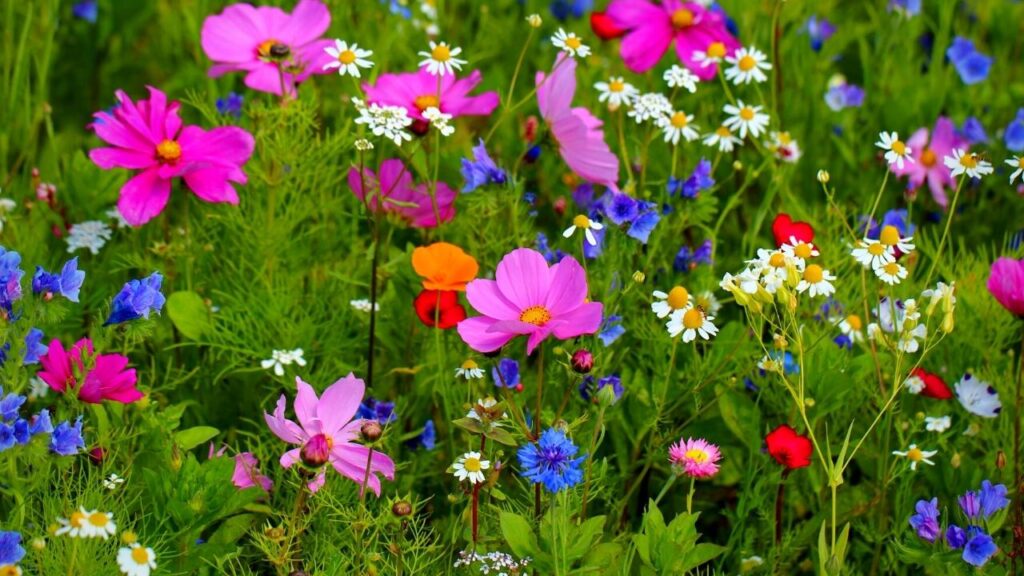
So, let’s get started with one of the easiest options that works in all kinds of gardens and outdoor spaces.
1) Use planters for small displays
A great starting point for any garden or communal space is to use planters. These help separate wildflower planting schemes from other areas while also amplifying their beauty. A raised planter is also the perfect height for younger gardeners that want to get their hands in the soil. Kids or school groups can claim a planter for themselves and take responsibility for it.
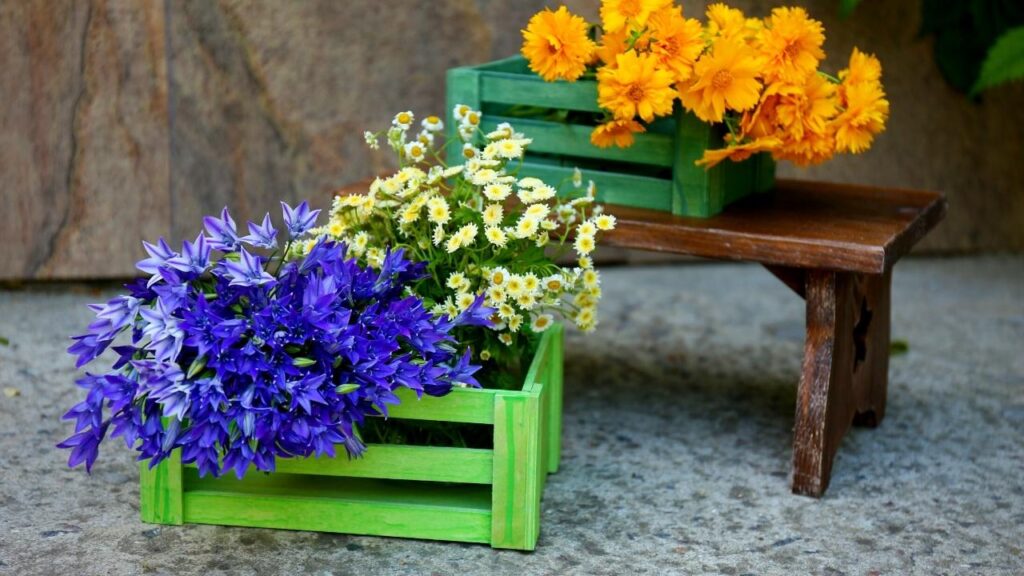
This approach also means you can use upcycled wood, reuse old pots, and even plant up old wheelbarrows. In fact, you can get as creative as you want to really make the most of this nature-friendly project.
2) Create window boxes when space is limited
Planters work well in small gardens and courtyards. But, there is an alternative when space is limited. You could go for a window box instead. These smaller boxes are great for bringing colour and scent outside bedrooms or on balconies in high-rise apartments. You will be surprised how many can grow in a small space.
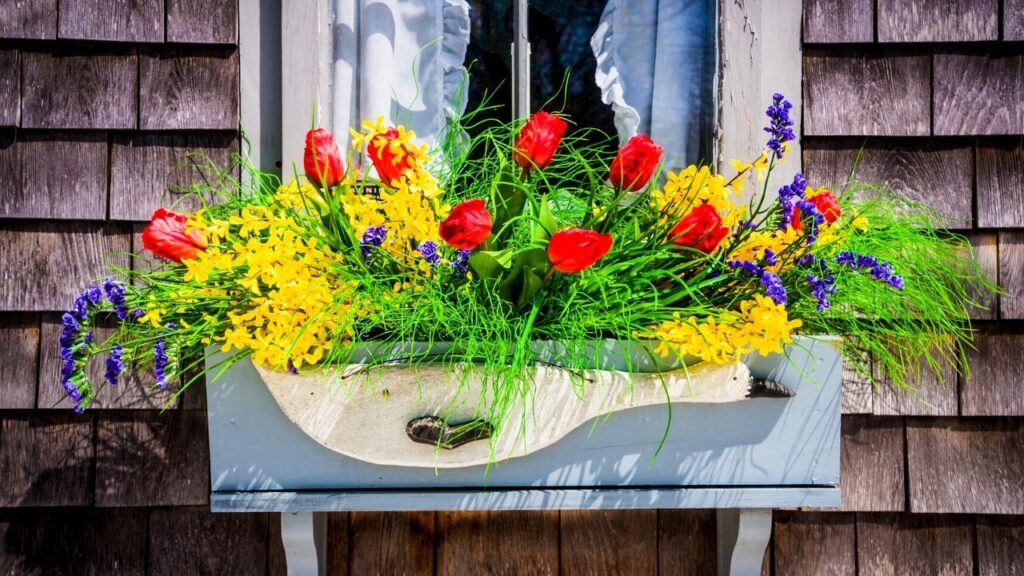
I recommend starting with wildflower seed mats, such as those from OwnGrown, for a hassle-free way to set one up. They are great time-savers and can allow for beautiful displays.
3) Build more elaborate raised beds
If you have a larger plot to renovate, either in a community area or your own garden, you could go bigger. Instead of a smaller planter, you can build a large raised bed area dedicated to a wide expanse of diverse wildflowers. Again, these raised areas are a great way to make the flower more accessible, which makes it easier for kids to engage with the varieties and any wildlife that comes to visit.
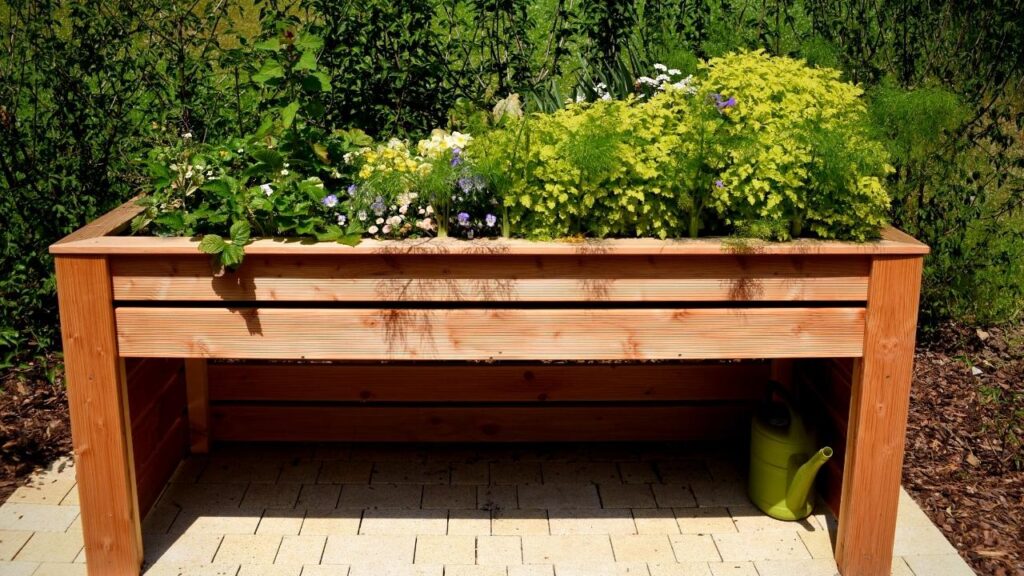
Have fun with the designs. A raised bed with a stone wall always looks great for a more natural aesthetic. However, you could also use reclaimed wood and pallets and paint them up for something bolder. Kids can also add murals to enhance the theme.
4) Add them to your vegetable plots
Did you know that wildflowers are great for pest control? I didn’t until I read this article from Country Living. This means that clever use of wildflowers among other plants could help keep them nice and safe. This is great for anyone that favours the organic approach to growing vegetables but would prefer it if fewer slugs and weevils came along. Scatter some seeds among your crops and see what happens.
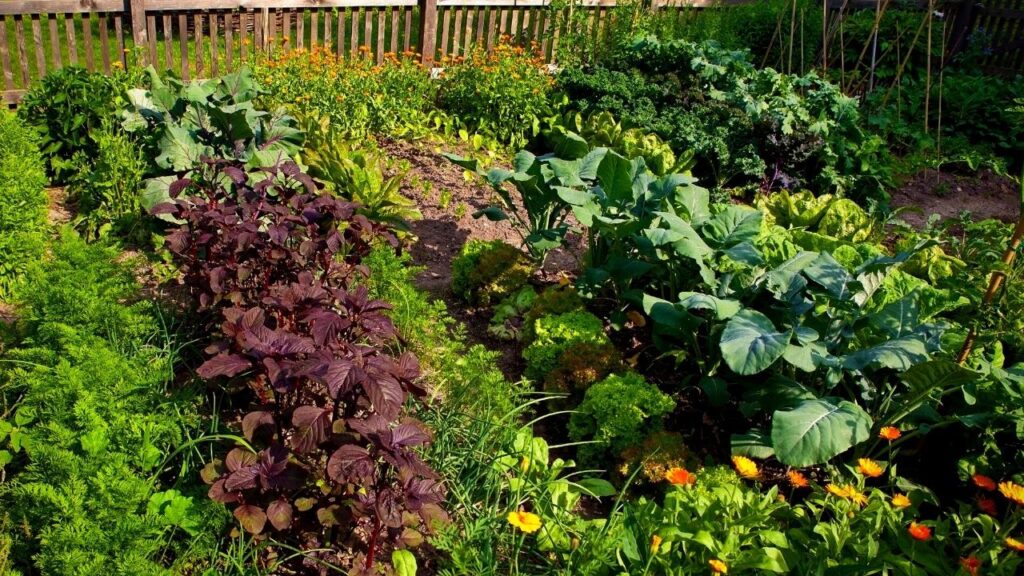
5) Plant them below your trees
You don’t have to have all of your wildflowers out in the open in beds and planters if you have a more shaded garden. It is possible to grow wildflowers in the shade, and they can look especially pretty underneath your trees. This gives them a natural feel when they look self-seeded rather than planned. With some careful planning, you can create a nice woodland feel in a shaded walkway area too.
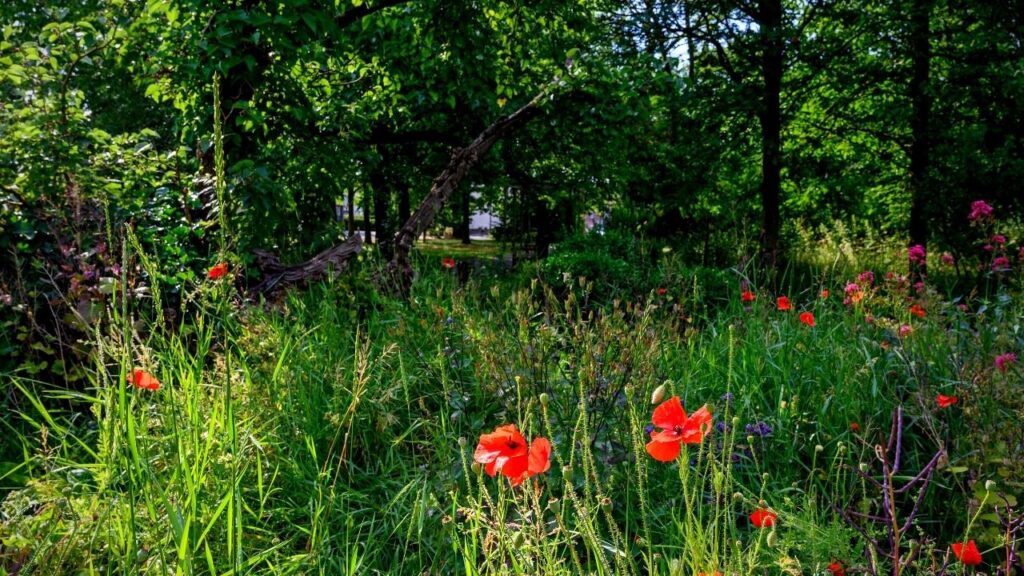
6) Dedicate a whole section of the garden to wildflowers
Finally, for those with a lot of free space, there is the option of going all out and planting a mini wildflower meadow. This is increasingly popular among homeowners that want to give over their lawns to nature.
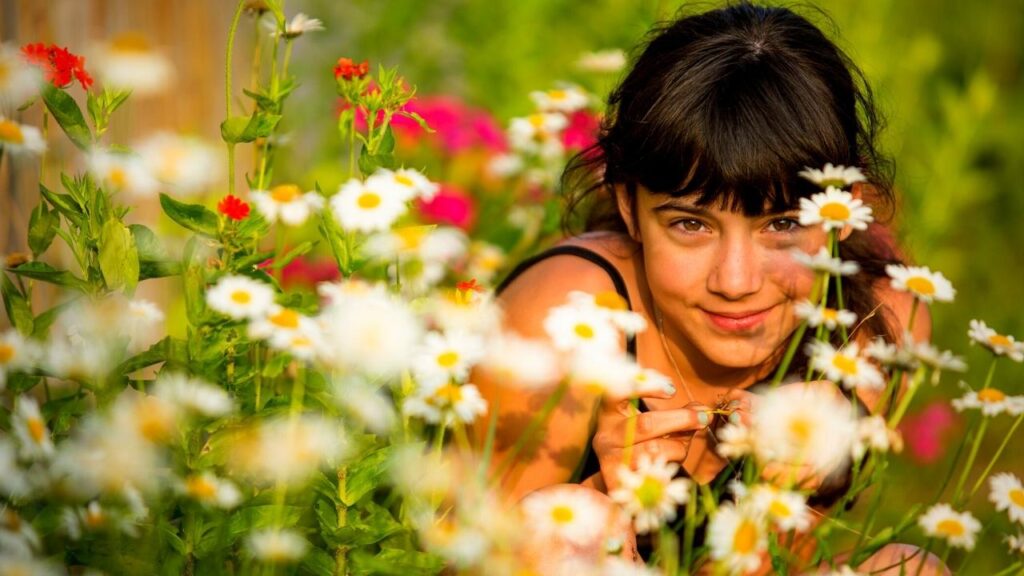
There are various ways to do this. You can sow, throw down bombs to create a mass of flowers or use seed balls with the kids. Online stores like www.seedball.co.uk are great resources for creating custom meadow ball pouches.
Wildflower Planting FAQs
Can I just scatter wildflowers?
Yes! This method does work as it mimics the way that seeds naturally disperse in the wild. You won’t know what will come up where with a mixed pack, but that’s half the fun. Just be aware that they aren’t guaranteed to germinate and it works best on bare, moist, weed-free soil.
Do wildflowers grow back every year?
It depends on the flower. Some wildflowers are annuals, which means they grow once, put on a great show, and that’s it. Others are perennials, which should mean they come back when established, as long as they get enough light, water, and nutrients.
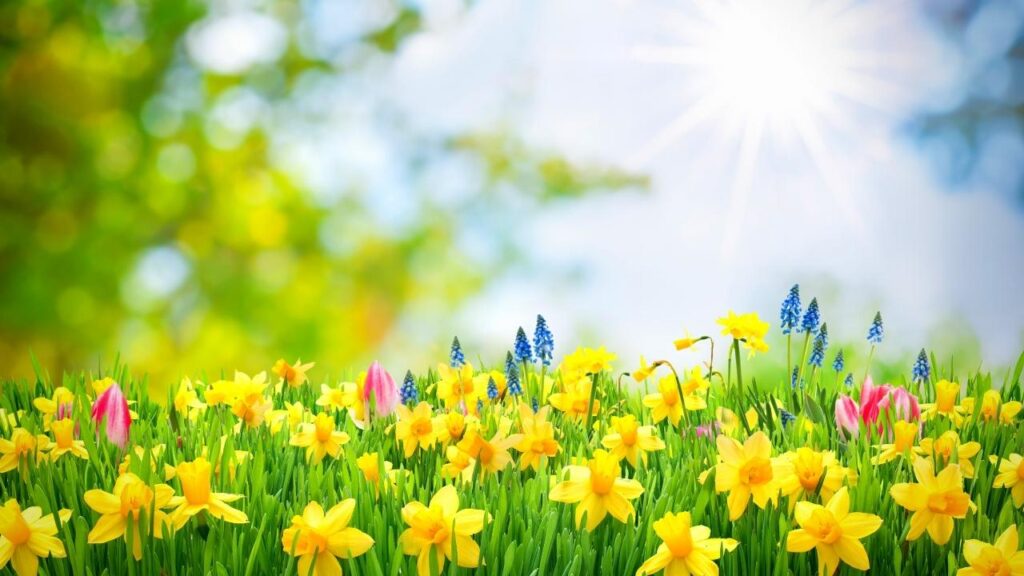
Do wildflowers grow in the shade?
There are wildflowers for all niches in natural ecosystems to help support different species and prevent too much competition. This means you can find varieties that thrive in the shade instead of in an open wildflower meadow. Research different options to build a meadow and shaded glen.
What are seed balls?
Seed balls are a fun way of growing wildflower seeds. The seeds are mixed with clay and compost and dried into a hard ball. All you need to do is plant the ball, water it, and see what happens! They are ideal for kids that want to get hands-on or for less-able community members with dexterity issues.
Plant wildflowers to brighten up any garden
There are so many different ways to plant wildflowers that you can’t go wrong. Whether you want to sow a more deliberate well-managed bed of perennials or scatter some seeds or bombs for a wilder approach, have fun with it. Just remember to pick the right flowers for the space, treat them well, and get everyone involved. The neighbourhood and its wildlife will thank you.
Leave a Reply